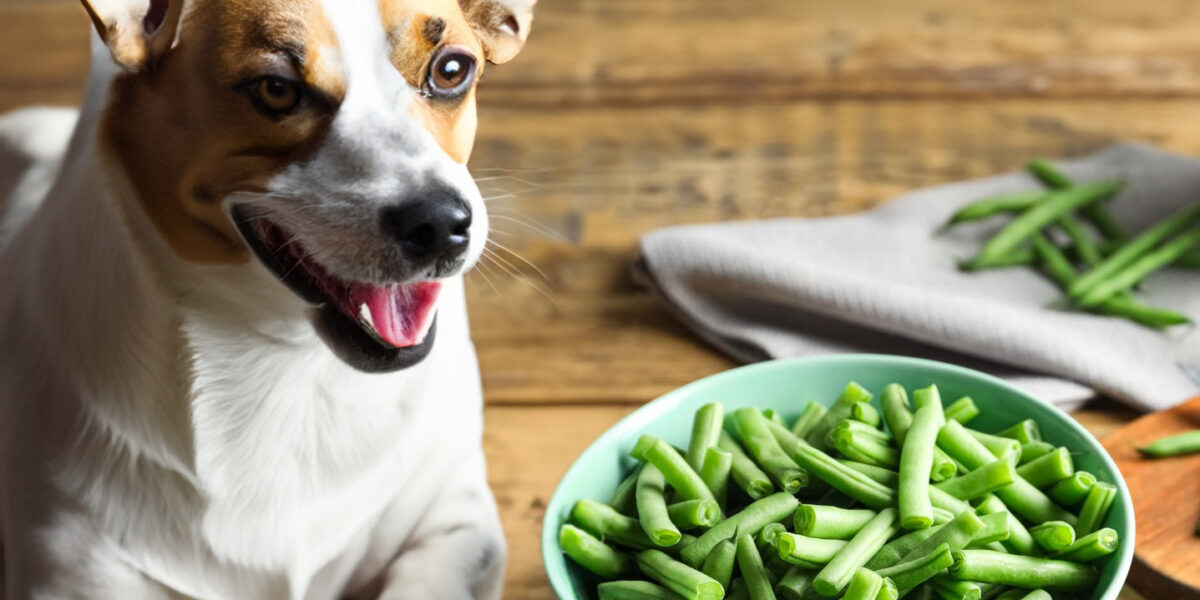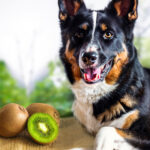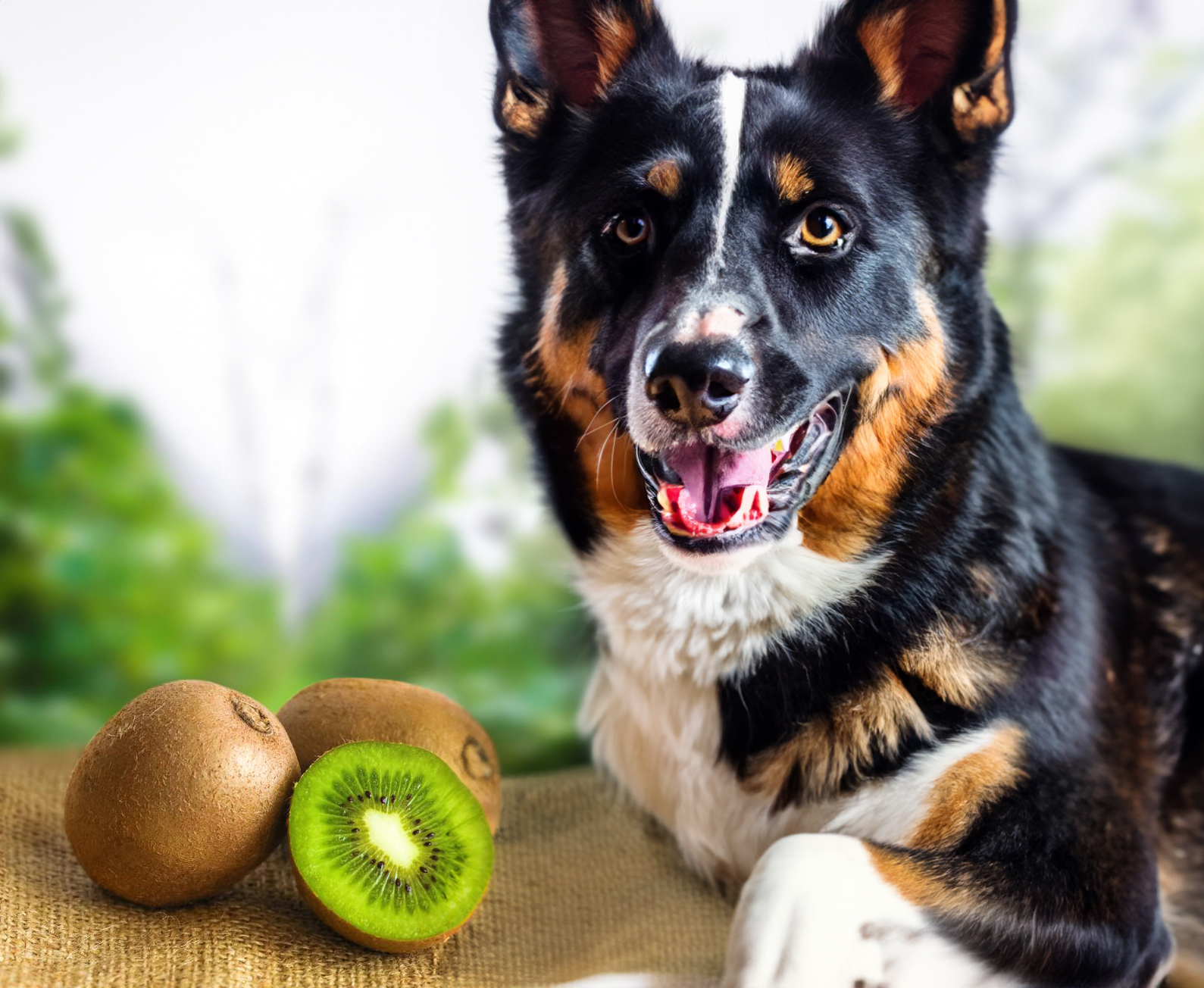Can dogs eat green beans? It’s a question many pet owners have pondered, and it’s one that deserves a thoughtful answer. Green beans can provide an excellent source of vitamins, minerals, and fiber to your pup’s diet – but it’s important to know the facts before adding this vegetable to your dog’s meal plan. In this blog post, we’ll take a look at whether green beans are safe for dogs, the potential benefits of including them in your pup’s diet, and how to properly feed them.
Nutritional Benefits of Green Beans for Dogs
Green beans are not only a tasty and crunchy treat for humans, but they can also provide several nutritional benefits for our furry friends. These veggies are low in calories and fat, making them an excellent option for dogs who are watching their weight or need to shed a few pounds. Green beans are also rich in fiber, which can help regulate digestion and keep your pup feeling full and satisfied.
One of the key nutritional benefits of green beans is their high vitamin content. They are packed with essential vitamins such as vitamin C, vitamin K, and vitamin A. Vitamin C plays a vital role in boosting your dog’s immune system and promoting overall health. Vitamin K is important for blood clotting, while vitamin A is essential for healthy vision, skin, and coat.
Green beans are also a great source of minerals like potassium and manganese. Potassium helps maintain healthy muscle and nerve function, while manganese is involved in various metabolic processes and bone health. These minerals are important for dogs of all ages, from puppies to seniors.
Furthermore, green beans are a good source of antioxidants. These compounds help fight free radicals in the body, reducing the risk of chronic diseases and promoting overall well-being. Antioxidants can also have anti-inflammatory properties, which may benefit dogs with joint issues or allergies.
It’s important to note that while green beans offer several nutritional benefits, they should not replace a balanced diet for your dog. They should be served as a complementary treat or added to their regular meals in moderation. Consult with your veterinarian to determine the appropriate amount of green beans to include in your dog’s diet based on their size, age, and specific dietary needs.
Overall, green beans can be a healthy and nutritious addition to your dog’s diet. However, it’s crucial to introduce them gradually and monitor your dog’s reaction to ensure they tolerate them well. Always choose fresh or frozen green beans over canned ones, as they may contain added salt or other preservatives that are not suitable for dogs. By incorporating green beans into your dog’s diet responsibly, you can provide them with a delicious and nutrient-rich treat that supports their overall health and well-being.
Potential Risks of Feeding Green Beans to Dogs
While green beans can provide several nutritional benefits for dogs, there are also potential risks associated with feeding them to our furry friends. It’s important to be aware of these risks to ensure the safety and well-being of your dog.
One potential risk of feeding green beans to dogs is the risk of gastrointestinal upset. While green beans are generally easy to digest, some dogs may experience stomach upset or diarrhea if they consume too many at once. This is especially true for dogs with sensitive stomachs or those who are not used to eating vegetables. It’s important to introduce green beans gradually into your dog’s diet and monitor their reaction to ensure they tolerate them well.
Another potential risk is the risk of choking. While green beans are generally safe for dogs to eat, it’s important to ensure they are properly prepared and served. Green beans should be cut into small, bite-sized pieces to prevent choking hazards. If your dog tends to gulp their food quickly without chewing, it may be best to steam or blanch the green beans before serving to make them softer and easier to chew.
Additionally, some dogs may have an allergic reaction to green beans. Allergies can manifest as itching, rashes, or gastrointestinal symptoms. If you notice any signs of an allergic reaction after feeding your dog green beans, it’s best to discontinue their consumption and consult with your veterinarian.
Lastly, it’s important to note that green beans should not replace a balanced diet for your dog. While they can be a healthy addition to their meals, they should be served in moderation and alongside other nutrient-rich foods. Green beans should not comprise the majority of your dog’s diet.
Preparing and Serving Green Beans to Your Dog
When it comes to preparing and serving green beans to your dog, there are a few important considerations to keep in mind. First and foremost, it’s essential to choose fresh or frozen green beans over canned ones. Canned green beans often contain added salt or other preservatives that are not suitable for dogs. Fresh or frozen green beans are a healthier and safer option.
Before serving green beans to your dog, make sure to thoroughly wash them to remove any dirt or residue. You can trim off the ends of the green beans and cut them into small, bite-sized pieces. This will help prevent choking hazards, especially for dogs that tend to gulp their food quickly without chewing.
To ensure the green beans are easily digestible for your dog, you have a few preparation options. You can lightly steam the green beans to soften them or blanch them in boiling water for a few minutes. Both methods will make the green beans easier for your dog to chew and digest. Avoid using any seasonings, oils, or spices when preparing the green beans for your dog. They should be served plain, without any additional ingredients.
When it comes to serving green beans to your dog, there are a few different approaches you can take. Some pet owners choose to mix cooked or steamed green beans directly into their dog’s regular meals. This can be a great way to add some extra nutrients and fiber to their diet. You can start by adding a small amount of green beans and gradually increase the portion size over time.
Another option is to serve green beans as a standalone treat. You can offer them to your dog raw or cooked, depending on their preferences. If you choose to serve them raw, make sure to cut them into small pieces to prevent choking. Cooked green beans can be a tasty and nutritious snack for your dog. Just remember to let them cool down before offering them to your furry friend.
Remember, moderation is key when it comes to feeding green beans to your dog. While they offer several health benefits, they should not replace a balanced diet. It’s important to consult with your veterinarian to determine the appropriate amount of green beans to include in your dog’s diet based on their size, age, and specific dietary needs. By following these guidelines and introducing green beans responsibly, you can provide your dog with a nutritious and delicious treat that they’ll love.
How Much Green Beans Can Dogs Eat?
Determining the appropriate amount of green beans to include in your dog’s diet can depend on several factors, including their size, age, and specific dietary needs. While green beans can be a healthy addition to your pup’s meals, it’s important to feed them in moderation and consult with your veterinarian for personalized advice.
As a general guideline, it’s recommended to feed green beans as a complementary treat or supplement to your dog’s regular diet. A good starting point is to introduce a small amount of green beans and gradually increase the portion size over time. This allows your dog’s digestive system to adjust and ensures they tolerate the green beans well.
For smaller dogs, a few tablespoons of green beans per day can be sufficient. Medium-sized dogs may benefit from around 1/4 to 1/2 cup of green beans per day, while larger dogs may require 1/2 to 1 cup of green beans per day. However, these serving sizes can vary depending on your dog’s individual needs, so it’s best to consult with your veterinarian for precise recommendations.
Keep in mind that green beans should not comprise the majority of your dog’s diet. They should be served alongside a balanced and nutrient-rich meal that meets all of their nutritional requirements. While green beans offer several health benefits, it’s important to ensure that your dog is getting a well-rounded diet that includes protein, fats, and other essential nutrients.
Remember to monitor your dog’s weight and overall condition when feeding them green beans or any new food. If you notice any signs of weight gain, digestive upset, or other health issues, it’s important to adjust the amount of green beans or seek guidance from your veterinarian.








